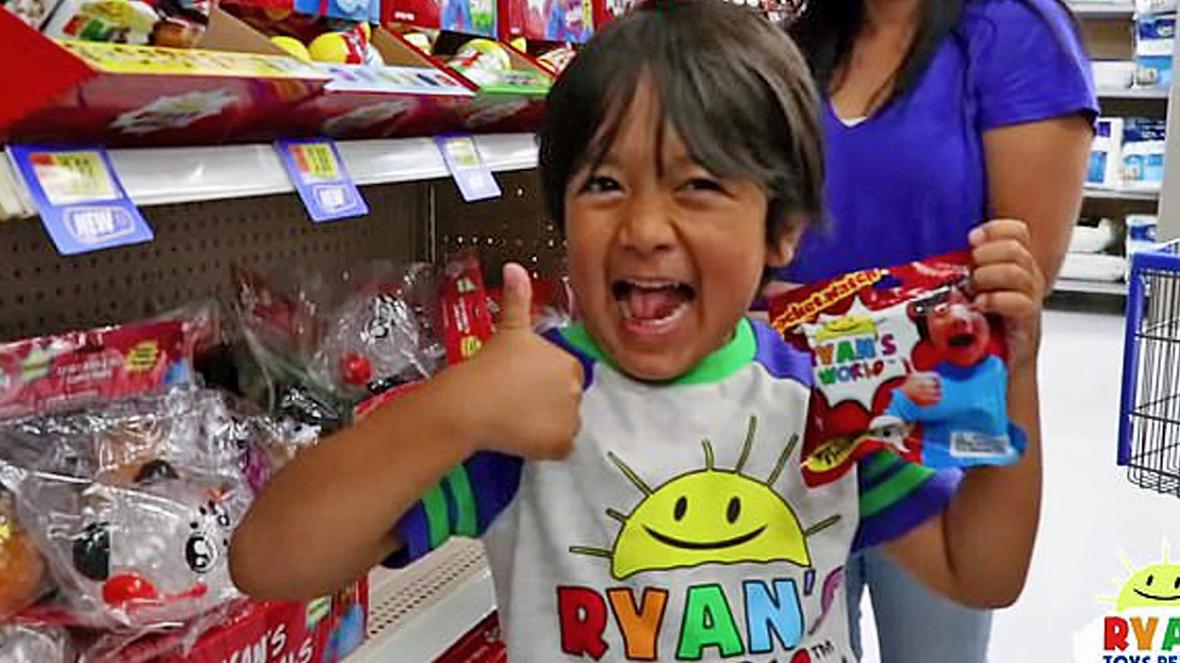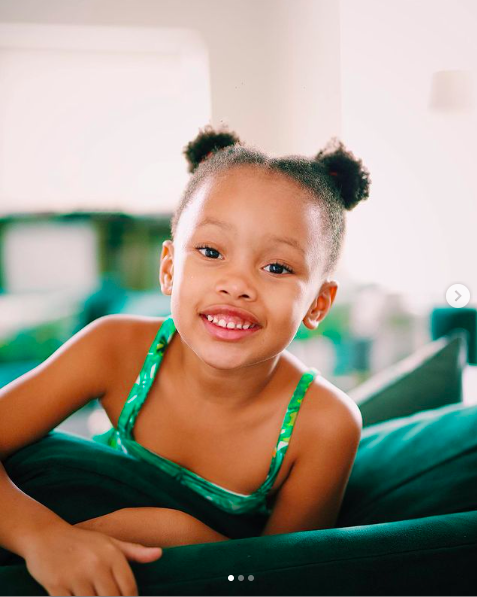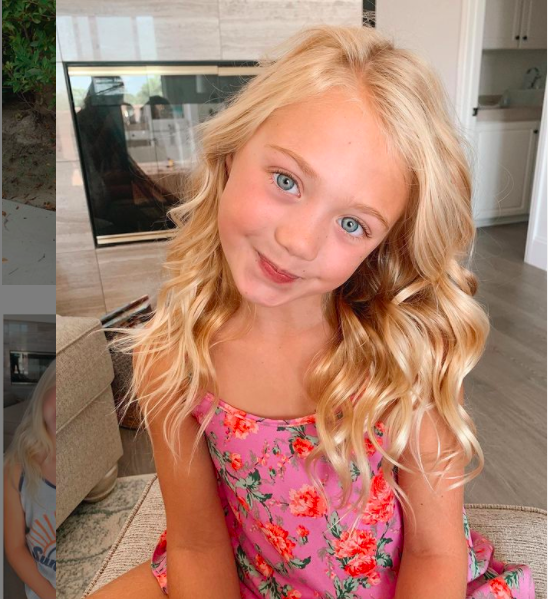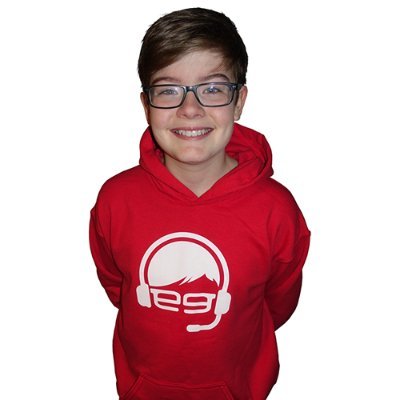Influencers rose from the boom of social media. These individuals held tremendous pull over the purchasing decisions of others because of their “
authority, knowledge, position, or relationship with his or her audience.” Kidfluencers do this, too but they have influence over a
far younger audience.
So, who exactly are these pint-sized influencers and what’s all the fuss about?
media update’s Taylor Goodman investigates what kidfluencers are and why they are taking the social media scene by storm.
What are kidfluencers?
Kidfluencers are the new generation of influencers. Growing up with technology, these Gen Zers are no strangers to social media, smartphones or computers.
Usually classified as influencers under the age of 16, they create their own content and promote products that are relevant to them and their age-mates. For safety’s sake and because these kids are not of legal age, most of them are managed by their parents.
A platform where kidfluencers are particularly popular is YouTube. Around
35% of American parents allow their children to watch videos on the platform ‘several times a day.’ In this sense, YouTube has taken the place of television when it comes to keeping your kids entertained.
Other popular social media sites for kidfluencers are
Instagram and TikTok. Visual content is attractive to younger audiences because of it’s engaging and easy-to-consume nature.
Popular kidfluencers
Ryan KajiRyan Kaji is arguably the biggest kidfluencer on the scene right now, boasting
28.5 million subscribers on Youtube at the tender age of eight.
Like most kid YouTubers, Ryan rose to fame with his toy unboxing videos, fun family vlogs and his videos experimenting with slime. Ryan offers his audience a wide array of content and they are never kept waiting as
he posts a YouTube video every day.
Outside of this career, Ryan is reining in massive endorsement deals. He has his own
toy and homeware ranges that are sold at retail giant, Walmart.

©
The Times Kairo ForbesFive-year-old Kairo Forbes is one of South Africa’s biggest kidfluencers. With parents like AKA and DJ Zinhle, Kairo is no stranger to the spotlight.
With a million followers on Instagram, Kairo is known for her fashion and lifestyle content. She regularly shares modelling shots and ‘look books’ that outline her different fashionable looks.
In her rise to fame, Kairo has garnered multiple sponsorship deals from brands like the
iStore, Disney Africa and Nivea.
Sponsorships aside, she also has her own range of sunglasses with her mother’s brand, ERA by DJ Zinhle called the ‘Kairo Collection’.

©
InstagramEverleigh Rose SoutasEight-year-old Everleigh Rose Soutas has been a fixture on social media since she was a toddler and has amassed a booming presence on social media, with
5.1 million followers on Instagram and
3.6 million YouTube subscribers. These accounts are run by her mother.
Aside from posting her stylish outfits and family snapshots on Instagram, Everleigh Rose also posts toy unboxings and challenges on her Youtube channel. She offers her audience multi-platform entertainment and is never without her bubbly personality and a smile.
Everleigh is cementing herself as a model, appearing in
Vogue Australia and a Kardashian kids campaign.
Additionally, Everleigh Rose has joint social media accounts that boast millions of followers, with friend and fellow kidfluencer Ava Foley called ‘
ForEverandAva.’ Here the duo shares funny clips, challenges and blogs.

©
InstagramEthanGamerEthanGamer is, you guessed it, a 14-year-old gamer. Ethan posts videos of himself playing different games, like Roblox and Minecraft, and has
2.75 million subscribers and over 2 billion views on YouTube.
What sets Ethan apart from other kidfluencers is that he has his own app,
Ethan Gamer Land. Here users can watch his videos in a cinema of sorts or play challenging mini-games. This aims to be a fun and kid-friendly environment where his fans can keep themselves entertained.

©
Twitter
Why kidfluencers are a powerful part of social media marketing
As social commerce continues to thrive, platforms like Instagram have become marketplaces for just about
anything — including toys, kids clothing, baby care products or food. And who is promoting these products? The baby-faced kidfluencers, of course!
The primary reason why brands take on kidfluencers is because they are trying to reach a younger audience.
Let’s use Ryan Kaji as an example. He is sent toys from companies like
Hasbro and Walmart for him to unpack and review on his channel. When his millions of subscribers watch these videos it likely triggers something known as ‘
pester power.’
MediaSmarts describes pester power as “
children’s ability to nag their parents into purchasing items they may not otherwise buy.” Here advertisers rely on the child to nag their parent to buy the product instead of marketing to the mother directly.
This example and the phenomenon of pester power proves how much influence children have over the purchasing decisions of a household.
Caitlin Mullen, a writer for
Bizwomen, further illustrates this point by stating that “
Gen Z influences 48% of purchases related to children and 36% of purchases for the household.”
It is easy to see why kidfluencers are a powerful part of social media marketing, purely because of the influence they hold over their audience
and how influential this Gen Z audience is in influencing purchasing decisions.
Do you think the rise of kidfluencers is a good or bad thing? Be sure to let us know in the comments section below.
Well, you’ve made it this far. Why not sign up for our newsletter while you’re here?
*Image courtesy of Vecteezy